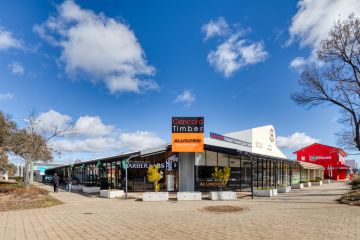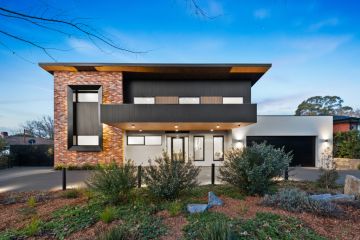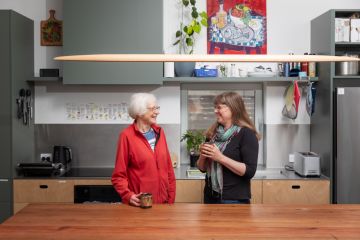Empty rental listings plummet across the capitals except for Sydney and Melbourne
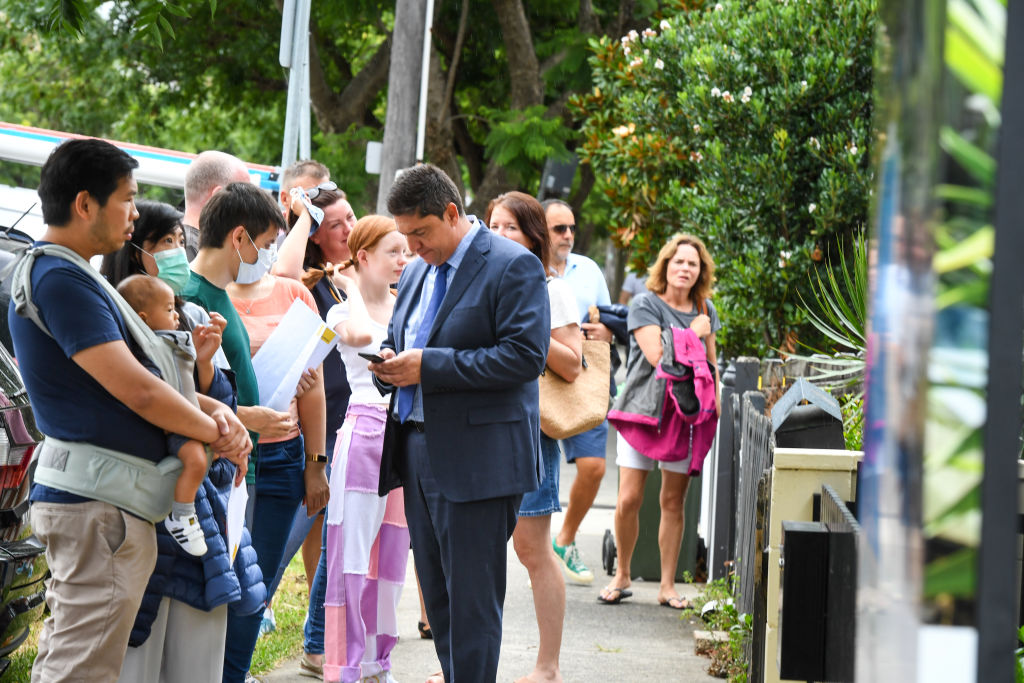
Tenants in most capital cities will be hard pressed to get a good deal right now with the number of empty properties having plummeted across the country – except for the two biggest cities, new data shows.
While the number of vacant rental listings has fallen significantly in Brisbane, Darwin, Perth, Adelaide and Hobart over the past year, Sydney and Melbourne continue to bear the brunt of closed international borders that has left many inner-city apartments without tenants.
Data from Domain showed Melbourne’s vacancy rate sits at 4.7 per cent as of February 2021 — a massive spike from this time last year when the vacancy rate was 1.6 per cent.
The Victorian capital has the biggest proportion of empty rentals in Australia — the data revealed number of vacant rental listings has increased by a staggering 212 per cent.
In Sydney, the only other city where the vacancy rate rose, the situation is on a smaller scale. The number of vacant rental listings has increased by 9.1 per cent over the past year and the vacancy rate edged up from 2.6 to 2.8 per cent.
Rental Vacancy Rates Australia
| Rental Vacancy Rates Australia | |||||
| Location | Feb-21 | Jan-21 | Feb-20 | MoM ∆ | YoY ∆ |
| National | 1.9% | 1.9% | 1.7% | – | ↑ |
| Sydney | 2.8% | 2.9% | 2.6% | ↓ | ↑ |
| Melbourne | 4.7% | 4.6% | 1.6% | ↑ | ↑ |
| Brisbane | 1.4% | 1.6% | 2.1% | ↓ | ↓ |
| Perth | 0.7% | 0.7% | 1.8% | – | ↓ |
| Adelaide | 0.6% | 0.6% | 0.8% | – | ↓ |
| Hobart | 0.5% | 0.4% | 0.6% | ↑ | ↓ |
| ACT | 0.8% | 0.9% | 1.0% | ↓ | ↓ |
| Darwin | 0.8% | 0.8% | 3.2% | – | ↓ |
| Source: Domain | |||||
Domain senior research analyst Nicola Powell said the results highlighted the two cities’ rental market exposure to international migrants and students.
“In Sydney and Melbourne, the general rule of thumb is that the closer you get to the city, the higher the vacancy rate,” she said.
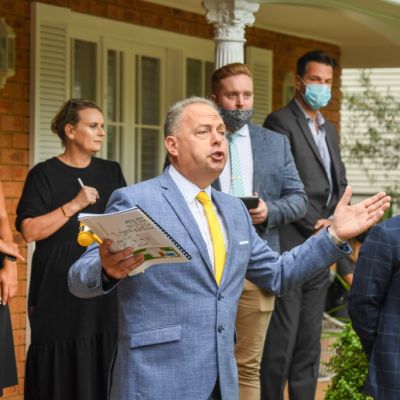 Australian housing market rises at its fastest rate in 17 years over February
Australian housing market rises at its fastest rate in 17 years over February Sydney rents: Influx of short-stay accommodation puts downward pressure on longer-term rent prices
Sydney rents: Influx of short-stay accommodation puts downward pressure on longer-term rent prices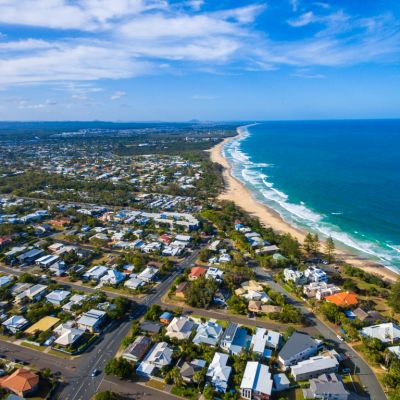 Tenants compete for rentals in Australia’s regional cities as vacancy rates tighten
Tenants compete for rentals in Australia’s regional cities as vacancy rates tighten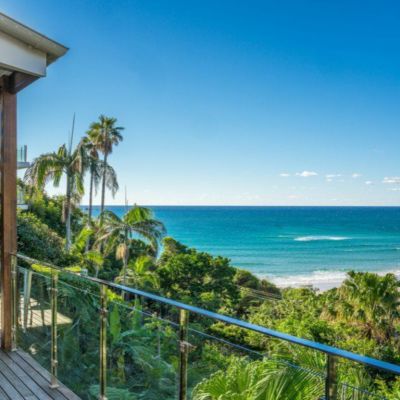 Rental vacancy rates drop in coastal towns due to sea-change trend
Rental vacancy rates drop in coastal towns due to sea-change trend
In Victoria, the top vacancy rate was in Melbourne city at 11.7 per cent, while in NSW the highest was in Parramatta at 4.9 per cent.
Dr Powell said while the worst was over for most landlords in Sydney and Melbourne, tenants elsewhere across the country could expect rent rises.
“Most of our capital cities remain tight and remain competitive for tenants and what we can expect is rents are going to rise,” she said.
Ray White Victoria and Tasmania chief executive Stephen Dullens said many Melbourne tenants had moved rental properties for a lifestyle change, which had seen outer suburbs fare better than inner city areas.
“When you look at areas like Southbank there’s lots of apartments, Airbnbs and short stays. When you move out of the suburbs it’s really tight,” he said.
“When you look at the Mornington Peninsula, it’s really tough. Once something is put up for lease, demand is through the roof.”
But many Melburnians had also left for regional towns, Mr Dullens said, where vacancy rates were much tighter than the city.
For renters in Perth and Darwin, the market has become much tougher over the past 12 months.
While Perth’s already low vacancy rate fell further in the 12 months to February this year, from 1.8 per cent to 0.7 per cent, it was a more dramatic turn around in Darwin, where the vacancy rate dropped from 3.2 per cent to 0.8 per cent in the same period.
To put that in perspective, the number of vacant rental listings in Darwin has plummeted by -74.6 per cent.
Darwin agents have reported they cannot keep up with the wave of rental applications that have hit the city as a result of tenants either being locked in or interstate travellers moving to the Northern Territory.
The situation for tenants is only likely to worsen once eviction bans are lifted, Dr Powell said.
“When we start to see the rental moratorium ends, we’re likely to see significant jumps in asking rents,” she said. “There would be many tenants who were paying below market rent.
“Tenants in a rising rental market who are paying below market rent will stay put until they have to move because they’re being protected by the legislation that stops hikes in nets and stops them being evicted.”
Brisbane is another city where the vacancy rate has tightened over the year, from 2.1 per cent to 1.4 per cent, thanks to a combination of tree changers from other states and migration from regional Queensland into the city, according to Haesley Cush, director of Living Here.
“Brisbane offers really incredible options. Affordability is so much better than other cities,” Mr Cush said. “We’ve also seen people from other parts of the state come back to the capital city for work.”
Like Sydney and Melbourne, more inner-city apartments have remained vacant than houses in the suburbs, Mr Cush said.
Inner Brisbane recorded the highest vacancy rate of 4.3 per cent followed by Sherwood-Indooroopilly at 3.7 per cent, the Domain data showed.
“The opportunity to be a bit more bullish as a tenant is starting to fade,” Mr Cush said. “Maybe in the low to mid-range [price of the market] you still have that power. I do feel the mid to high-end market is going to see an increase in rents.”
We recommend
We thought you might like
States
Capital Cities
Capital Cities - Rentals
Popular Areas
Allhomes
More
- © 2025, CoStar Group Inc.



